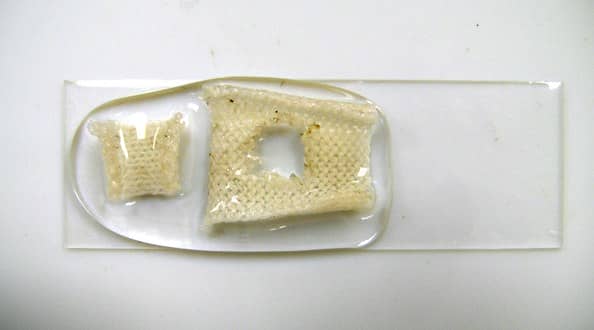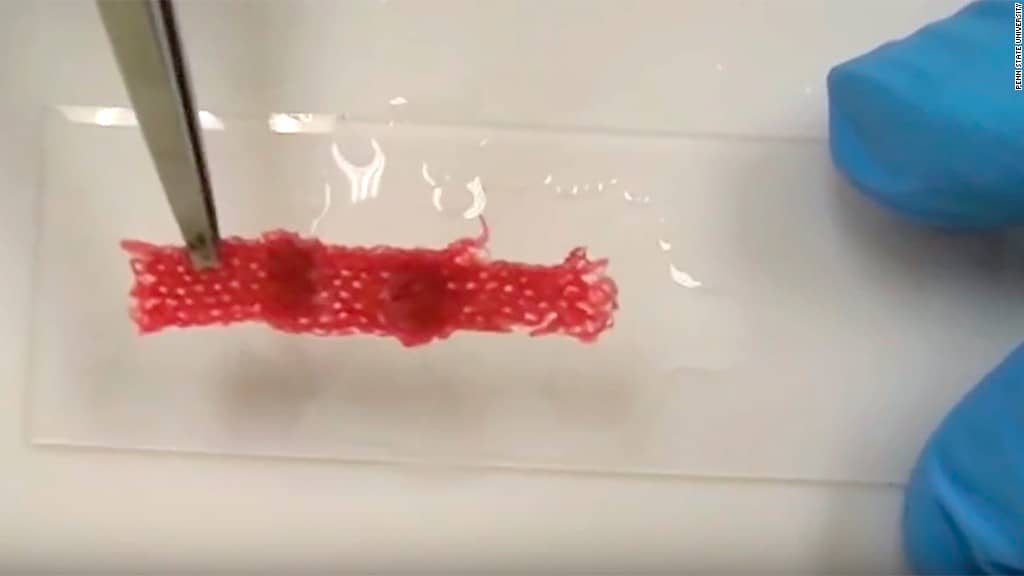What do you do when you accidentally tear off your favourite pair of jeans or sweatshirt? If you are out, you will try to hide it from view. Later, you will repair it in the conventional thread-in-needle style. What if we told you, there is a method whereby the torn fabric will fix itself. No, we are not trying to pull your leg here!
Scientists at the Pennsylvania State University have been working on this idea for years, and it has finally been realised. The team made a biodegradable liquid that can seamlessly join the torn ends of cloth using bacteria and yeast.
The method is quite simple. Apply a few drops of liquid to the torn pieces of fabric. Add warm water, hold the edges together and keep them pressed for 60 seconds. Ta-da! The material is as good as new.

There are two possible applications of this technique in the textile industry. Firstly, the fabric might be coated with the liquid which would give it a built-in, self-repair property. Secondly, the fabric may be fashioned using the protein responsible for self-repair. So, the torn piece will repair itself by simple application of water and pressure.
This liquid has structure and properties just like the protein found in human nails, hair, and squid tentacles. Yup, you read that right. Melik Demirel, a professor at Penn State, said:
“We were surprised to discover that the protein from squid had self-repairing qualities. Squid is a limited resource. So we needed to replicate this unique property found in squid protein using biotechnology and other substances.”

The research team was quite busy last year, testing the liquid on almost all the commonly worn fabrics like wool, cotton and polyester and they realised that the liquid did not affect the quality of the cloth and can withstand washing.
“Science happens in small steps,” said Demirel. “The next step would be to see if clothes can self-repair when we pour the liquid into a washing machine, like you would a detergent, and apply water and heat.”
The possible commercial applications of the liquid are numerous and exciting.
“It could help improve protective clothing worn by soldiers, medical staff, even farmers,” Demirel said. “Discarded clothing is a major global problem,” he said. “Maybe this is a way to improve the longevity of clothes we wear.”
Watch the video below of the process and let us know if you would like to wear a dress that could repair itself?


